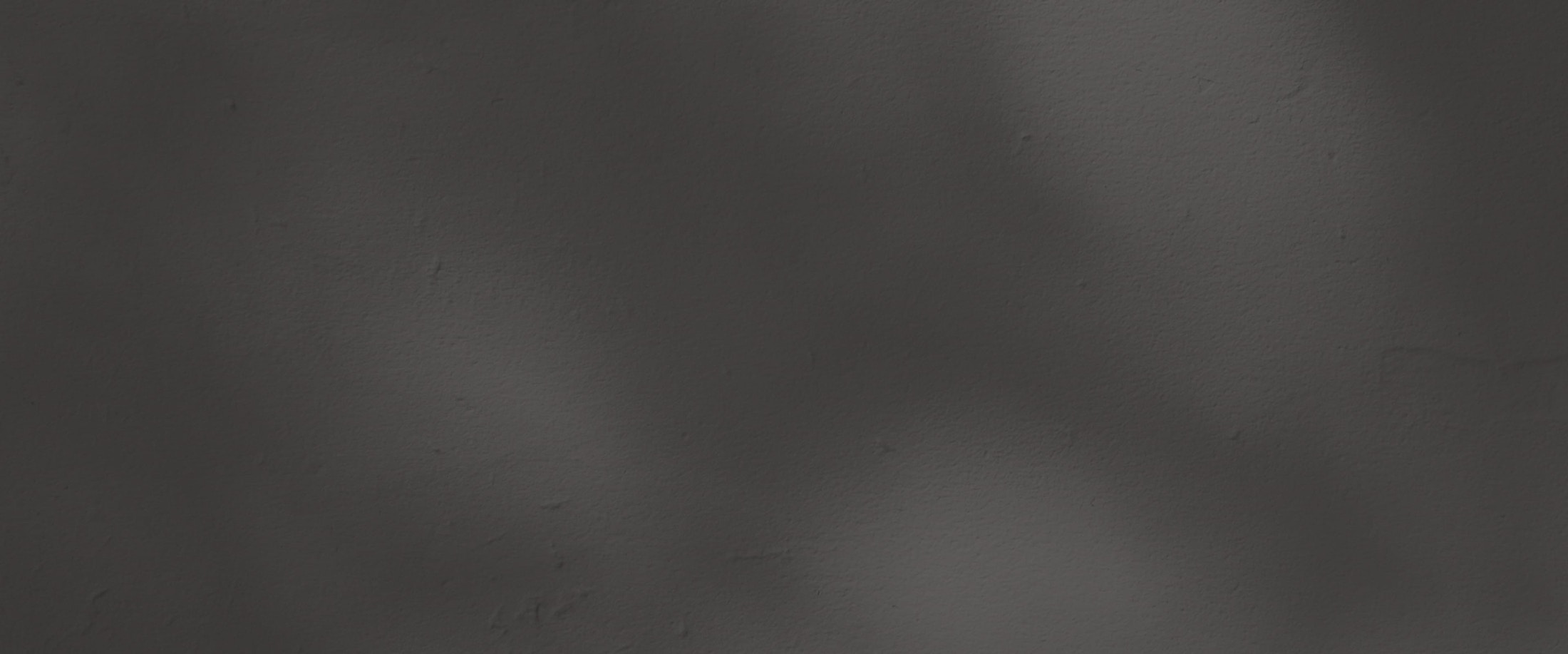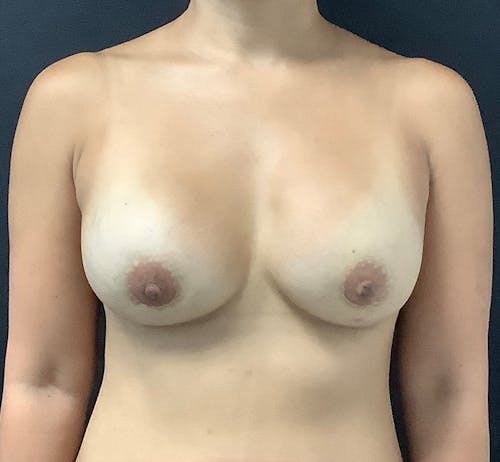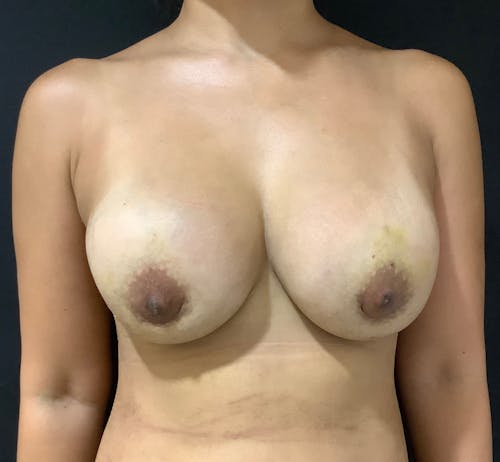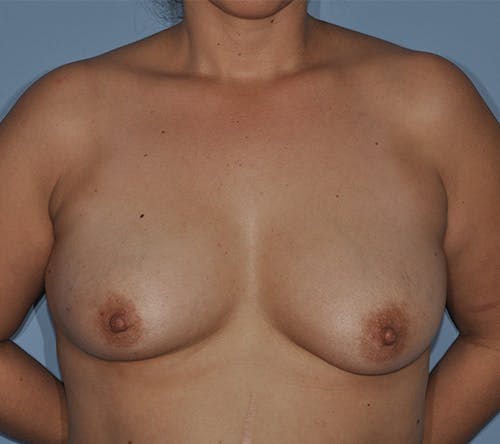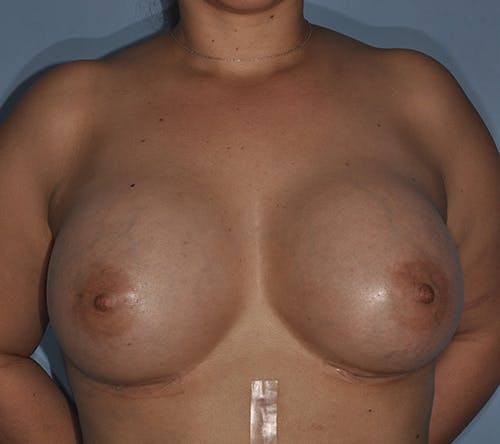Fat transfer breast augmentation is a natural enhancement procedure that uses liposuction to harvest fat from areas of the body and inject it into the breasts, increasing volume and improving shape without synthetic implants.
What Is Fat Transfer Breast Augmentation?
Fat transfer breast augmentation is a cosmetic procedure that enhances the size and shape of the breasts using the patient's own fat. The process involves liposuction to remove fat from areas of the body with excess fat, such as the abdomen, thighs, or flanks. The harvested fat is then purified and carefully injected into the breasts to achieve the desired volume and contour. This method provides a natural look and feel, avoiding the use of synthetic implants and reducing the risk of allergic reactions or complications associated with foreign materials.





